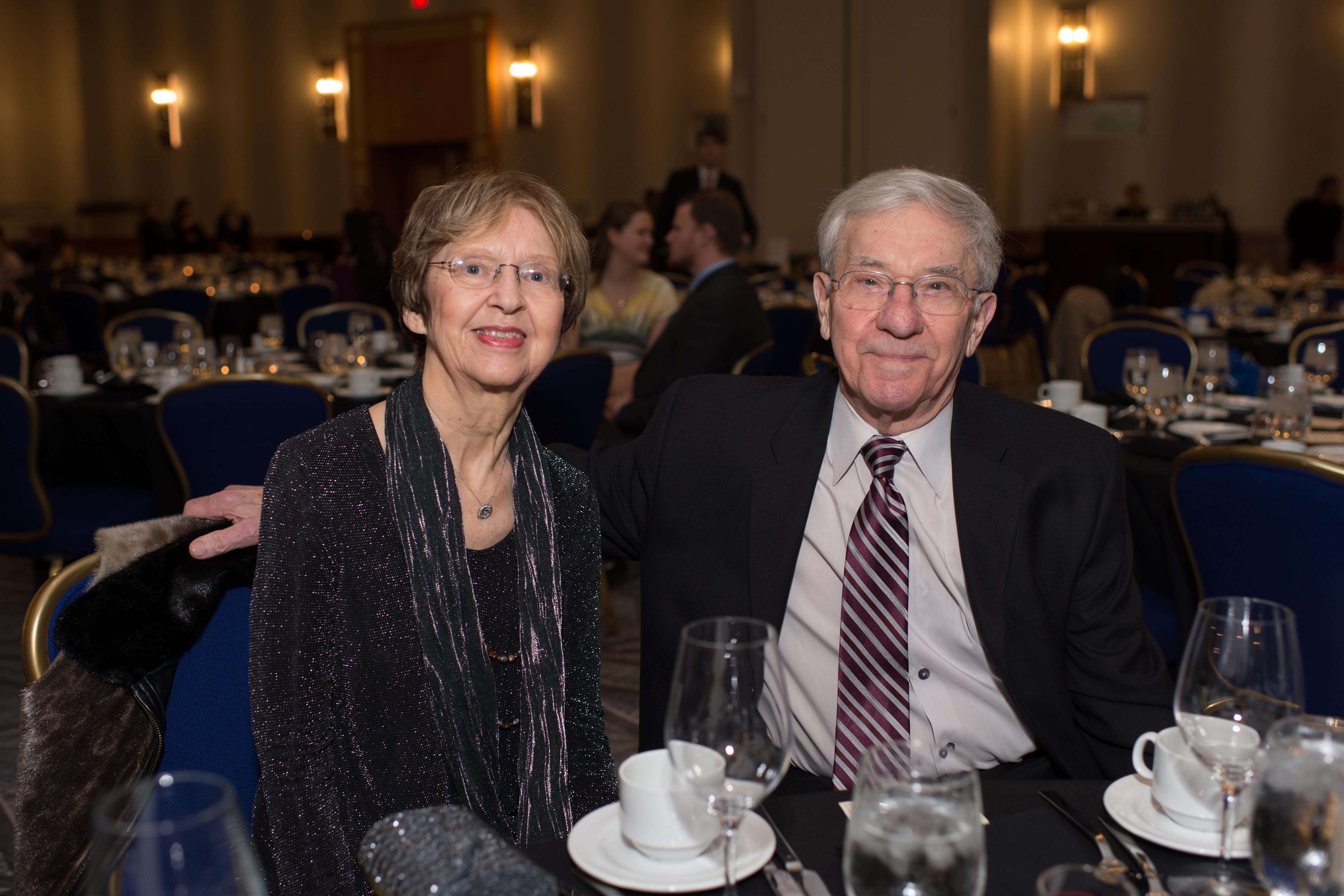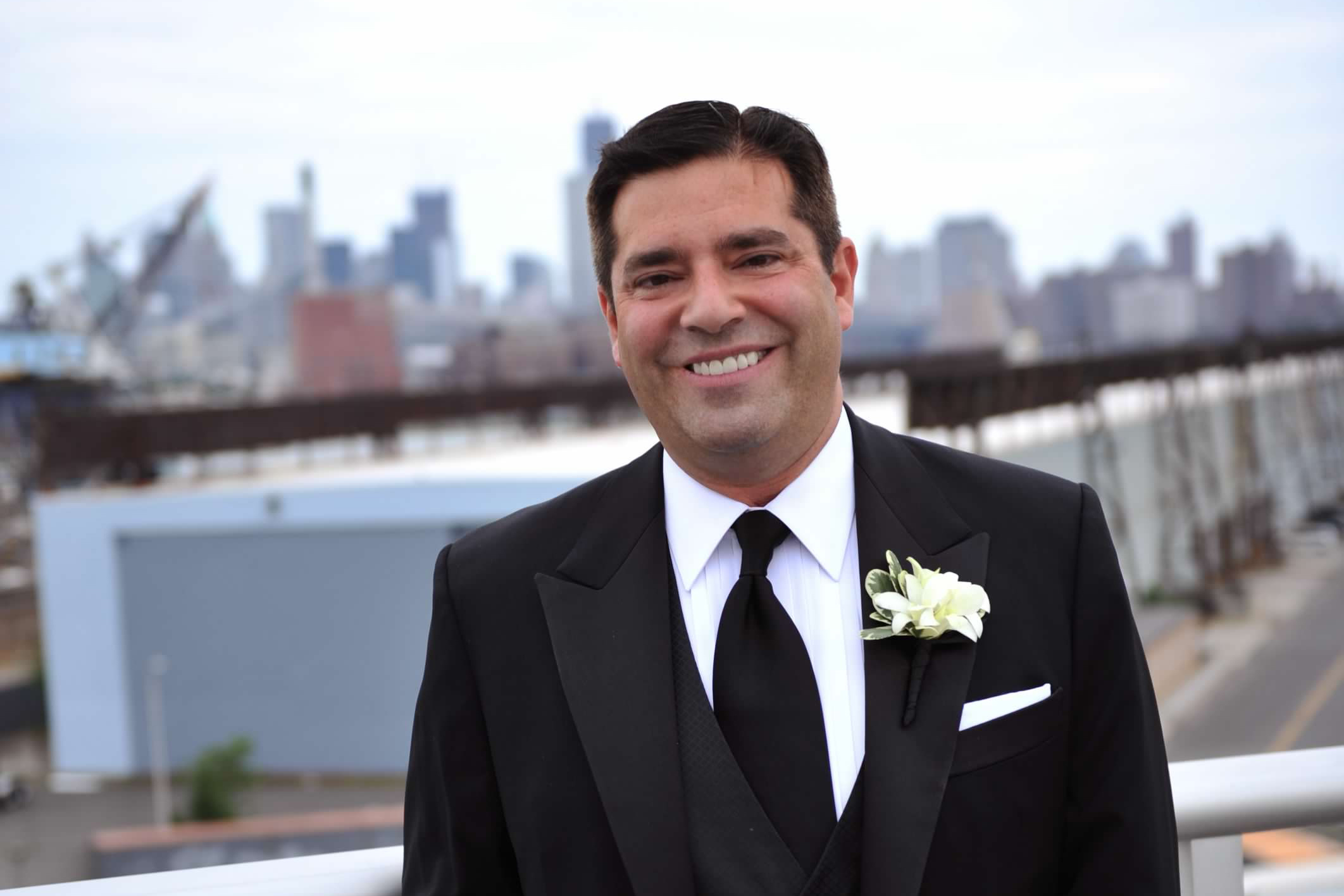The Buff and Blue runs deep in Professor Emeritus Hermann J. Helgert and his family.
The electrical engineer, who specializes in wireless communications and networks, joined the GW School of Engineering and Applied Science (GW Engineering) faculty almost a half century ago when most phones were landlines with rotary dials, long-distance calling expensive and the technology analog. Working at the forefront of a technological revolution, Helgert has taught countless George Washington University students, primarily at the graduate level, and played an instrumental role in expanding the school’s physical footprint in Foggy Bottom and the then-new Virginia Science and Technology Campus (VSTC). His wife, Janet Helgert, M.A. ’82, and children Mara Metzger, M.A. ’96, and Lars Helgert, B.A. and B.A. ’99, earned a collective four GW degrees.
“GW has been my home for over 49 years,” Helgert said. “I have benefitted from GW in so many ways that I felt I owed something back.”
His $3 million gift to establish the Helgert Family Endowed Fellowship provides a perpetual funding source to support talented doctoral students in the Department of Electrical and Computer Engineering (ECE). He wants to alleviate the need for Ph.D. students to find outside employment and allow them to focus on their rigorous studies, noting “higher levels of financial support help GW attract high-quality candidates.”
Helgert encourages students to get involved in research because of his field’s enormous potential to transform lives, citing advances such as the internet, web based-services and cellular telephony of the past 20 to 30 years.
Not very long ago, making a simple phone call could only be done from a particular physical location and required at least a partial connection via cable between communicating partners, Helgert pointed out. The development of wireless transmission systems created mobility and worldwide connectivity, as exemplified by the cell phone.
Donna Arbide, GW’s vice president for development and alumni relations, expressed the university’s deep appreciation for Helgert’s generous gift, service and dedication. “Professor Helgert has not only devoted nearly five decades to educating GW students in a field that makes major contributions to people’s daily lives, he will help generations to come with this phenomenal gift,” she said. “I am always thrilled when faculty choose GW as a philanthropic priority and there is a legacy of GW graduates in the family – there is no better endorsement of the value of the work being done in our community and the quality of a GW education."
Helgert counts his advocacy for GW’s Science and Engineering Hall (SEH) as a key accomplishment of his tenure. Then chair of GW’s Faculty Senate physical facilities committee, he had to “push hard” for the project given the magnitude of financial investment, he said. Opening in 2015, the 500,000-square-foot eco-friendly building covers a downtown D.C. city block. The visible embodiment of GW’s emergence as a leading research institution, the building’s design creates a natural hub for interdisciplinary collaboration that facilitates scientific exploration, innovation and excellence in research and teaching.
Helgert also served as the inaugural director of the School of Engineering and Applied Science at the Virginia Science and Technology Campus in Ashburn, Virginia. When the first of seven VSTC buildings opened in 1991, a primary focus was graduate degree programs in electrical engineering, computer science and engineering management for employees of technology companies near Washington Dulles International Airport. These programs received significant support from these businesses and contributed to Loudoun County’s transformation into today's vibrant technology corridor.
“It was very rewarding to be part of starting something from scratch,” Helgert said. He spent six years at VTSC before returning to Foggy Bottom. Helgert retired two years ago but has returned to his love of teaching and mentoring students on contract as a research professor.
New alumnus Reza Biazaran, Ph.D. ’24, was advised by Helgert throughout his Ph.D. program and took many of the professor’s classes to fulfill coursework requirements. “Dr. Helgert is very easygoing, yet very passionate about the topics he teaches," Biazaran said. "He goes that extra mile to ensure his students always comprehend the topic at hand.”
Biazaran, who worked at the Federal Communications Commission before and during his studies, is now the director of its laboratory division. He believes the knowledge he gained with his degree made his appointment to this position possible.
“I was an absolute beginner in my specific field of wireless communications in electrical engineering before GW,” Biazaran said. “Professor Helgert taught me almost everything I now know and also showed me how to acquire new concepts and knowledge in this rapidly changing area of engineering.”
Importantly, Biazaran credits Helgert’s welcoming and reassuring demeanor with convincing him during a pre-application visit that “his dream” of pursuing a Ph.D. while working would be challenging but achievable.
“Professor Helgert has played a large role in shaping the ECE Department and our entire school into what it is today–a research powerhouse that cares deeply about educating the next generation of technology leaders and having a positive impact on society,” said John Lach, dean of GW Engineering. “He has done this with groundbreaking research in wireless communications for satellite and cellular systems, through countless students he has taught and mentored over the years, and as a leader of major initiatives, such as VSTC and SEH. The Helgert Fellowships will extend that legacy by supporting such research, education and leadership for generations to come.”
Others interested in opening the doors of opportunity for talented doctoral students studying electrical and computer engineering are encouraged to contribute to the Helgert Family Endowed Fellowship Fund.




